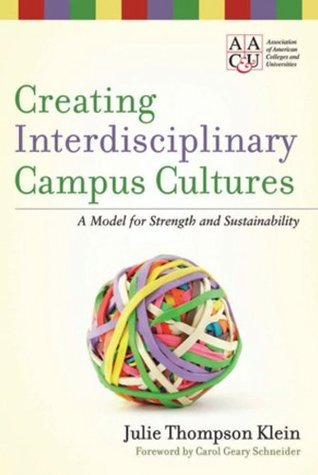What do you think?
Rate this book


237 pages, Kindle Edition
First published January 1, 2009
The modern system of disciplinarity is little more than a century old. It is a product of the professionalization and institutionalization of a new system of knowledge production in the late nineteenth and early twentieth centuries. Interdisciplinarity is nearing its own century mark. The first era was characterized by developments in social science-, agriculture-, and defense-related research, as well as general education and the field of American studies. At midcentury, it became more prominent in the wake of government-funded programs for problem-focused research, followed by groundbreaking educational experiments. The first widely recognized typology appeared in 1972, and the literature expanded exponentially after that. Scholarly and programmatic work would continue to test what the underlying concept meant while enlarging it in new contexts.All three books have rich and extensive bibliographies, but Klein is the only one to present a separate resources chapter with briefly annotated entries grouped into five sections:
[O]verviews and bibliographies; domains of practice; interdisciplinary studies; integration, collaboration, and evaluation and assessment; and Web-based searching and networking.Unfortunately several of the web links she includes are broken or no longer exist, and a quick search either did not turn them up, but many of her references still seem worth following up.
...the evidence behind the assertion that educational programs that mutually integrate learning experiences in the humanities and arts with science, technology, engineering, mathematics, and medicine (STEMM) lead to improved educational and career outcomes for undergraduate and graduate students..